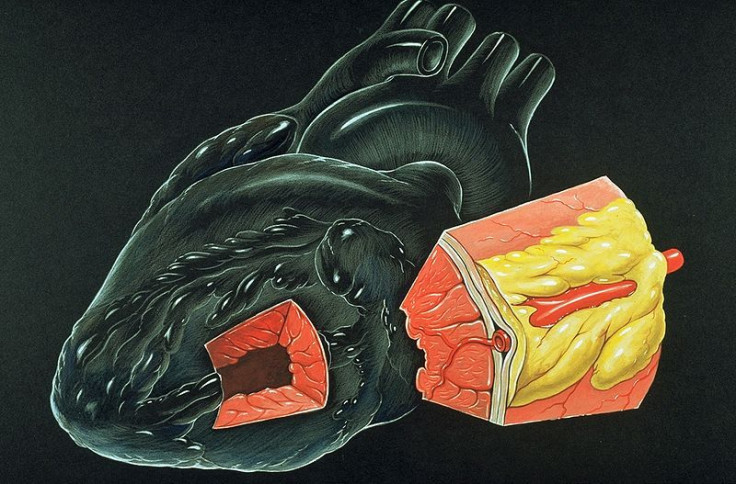Duke Scientists Engineer A Living Human Heart Patch

Duke University biomedical engineers have grown a 3-dimensional patch of the human heart muscle that is just as functional as natural tissue, according to a press release. They hope that it will lead to advances in treating heart attack patients and will be used to test new heart disease medicines.
The researchers used pluripotent embryonic stem cells, which can grow to become any kind of organ if given the right chemical and physical signals, to create the patch. It's the first time that they were able to engineer a patch with heart-muscle cells, or cardiomyocytes, that could conduct electricity at the same speed as natural heart cells and contract properly.
"The structural and functional properties of these 3-D tissue patches surpass all previous reports for engineered human heart muscle," said Nenad Bursac, associate professor of biomedical engineering at Duke's Pratt School of Engineering. "This is the closest man-made approximation of native human heart tissue to date."
Although the patch took more than a month to grow to the functioning levels of an adult heart, Bursac believes that with advancing technology, that amount of time will shorten, which means there is help on the way for heart attack victims.
"When someone has a heart attack, a portion of the muscle dies," Bursac said in the release. "Our goal would be to implant a patch of new and functional heart tissue at the site of injury as rapidly after heart attack as possible. Using a patient's own cells to generate pluripotent stem cells would add further advantage in that there would likely be no immune system reaction, since the cells in the patch would be recognized by the body as self."
The engineers also believe that the patch will provide a better environment than the standard 2-dimensional sheets of heart cells to test out new medicines because it will be able to mimic actual heart-muscle responses.
"Tests or trials of new drugs can be expensive and time-consuming," Bursac said. "Instead of, or along with testing drugs on animals, the ability to test on actual, functioning human tissue may be more predictive of the drugs' effects and help determine which drugs should go on to further studies."



























